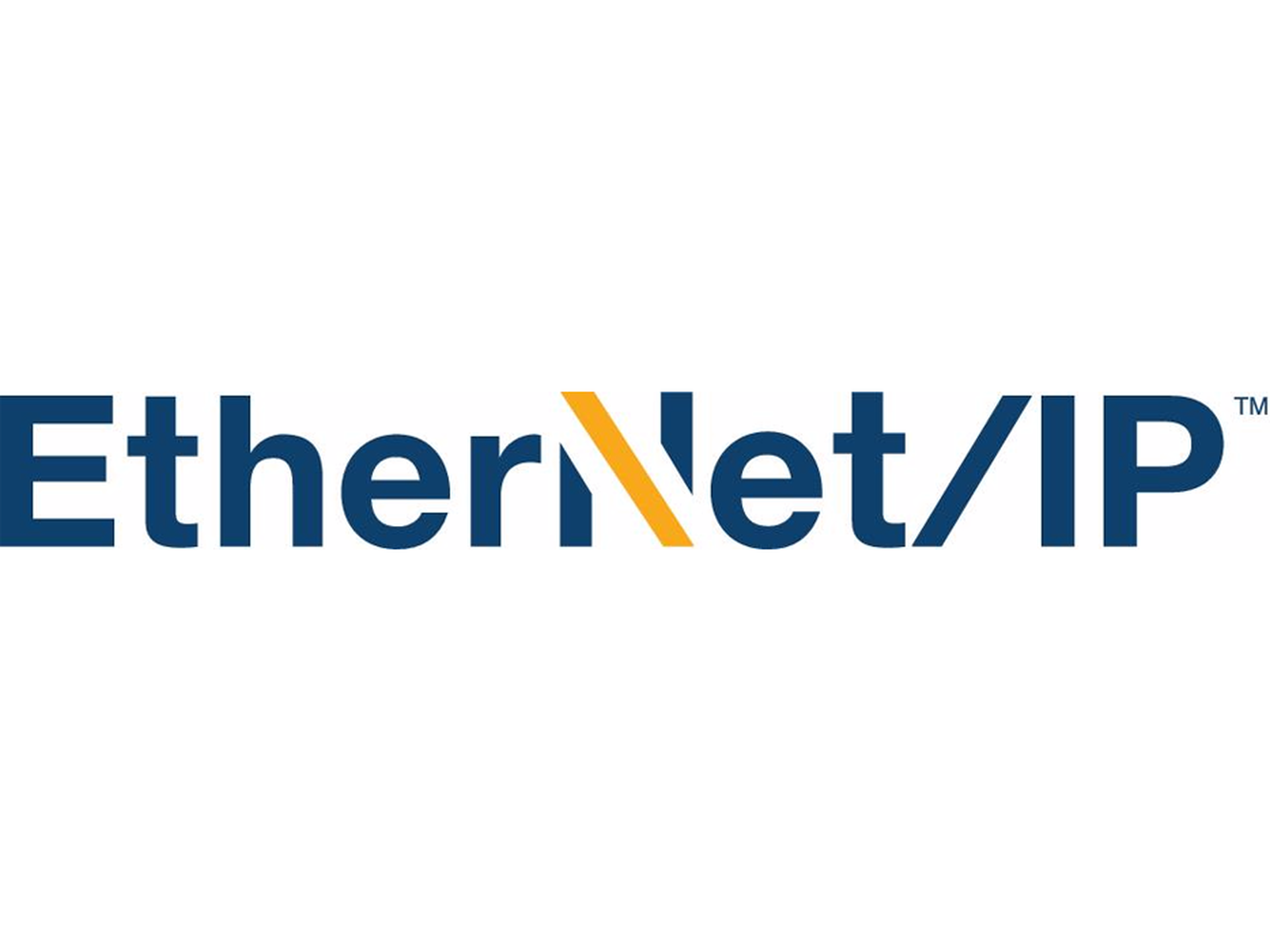EtherNet/IP
EtherNet/IP troubleshooting, predictive maintenance & diagnostic switches
Keep EtherNet/IP networks deterministic under real-world loads. Design for multicast correctly, prioritize CIP traffic, and monitor physical and network health so you can prevent jitter, drops, and downtime.
Jump to Products Talk to an EtherNet/IP Specialist

Why EtherNet/IP reliability fails (and how to prevent it)
Most issues trace back to four areas:
- Physical layer — bad terminations, damaged cable, EMI-sensitive runs
- EMC & power — noise coupling, poor bonding/earthing, unstable 24 V
- Topology & design — unmanaged daisy-chains, no isolation, no test access
- Network behavior — multicast flooding (IGMP off), wrong QoS, duplex/speed mismatches
The fix: validate the physical layer, use managed switches with IGMP & QoS, segment high-load cells, add diagnostic access/test points, and address EMC near drives/VFDs.
Switching & segmentation: design for CIP traffic
EtherNet/IP relies on multicast for I/O updates. Use managed switches with IGMP Snooping/Querier and QoS to prioritize cyclic traffic and keep load predictable. Segment high-chatter areas so faults stay contained and communication remains stable.
- When to use: recurring I/O drops, jitter, or multicast overload in mixed office/OT networks
- Look for: IGMP Snooping/Querier, QoS for EtherNet/IP, port mirroring, VLAN control, and redundancy protocols (RSTP/MRP)
- Advanced diagnostics: PROmesh series switches include integrated network, cable, and EMC monitoring for proactive maintenance
Featured option: PROmesh® managed switches w/ built-in diagnostics
Diagnostics & continuous monitoring
Stable EtherNet/IP performance starts with verifying the physical and logical layers, then watching the network in real time so issues are caught before downtime occurs. For plant workflows, monitoring can be temporary or permanent depending on commissioning, troubleshooting, or ongoing supervision needs.
- Cabling & connectors: verify shield continuity, strain relief, bend radius, and connector quality.
- Port health: check CRC/FCS errors, discards, duplex/speed mismatches, link flaps, and utilization trends.
- Traffic validation: use port mirroring, a passive TAP, or feedback-free measuring points to confirm CIP multicast behavior, RPI timing, jitter, and load.
- Protocol checks: ensure IGMP Snooping/Querier and QoS prioritize EtherNet/IP cyclic traffic.
- Continuous monitoring: alarm on error spikes, device reconnects, multicast storms, and link events.
Recommended tools:
EtherNet/IP INspektor® NT — Live analysis & alarms
PROscan Active® V2 — Live network diagnostics & topology mapping
PROmanage® NT V2 — Centralized condition monitoring software
DiagnosticDuo bundle — INspektor® NT + ProScan® Active
Network planning & documentation
Good EtherNet/IP design stops problems before they start. Plan cable routes, device addressing, VLANs, ring architectures, and IGMP/QoS policies upfront—and keep documentation current as the plant evolves.
- Topology planning: multi-cell layouts, rings, redundant uplinks
- Traffic engineering: CIP multicast boundaries, QoS for real-time data
- Documentation: live plant topology and asset reference
Recommended software:
PROscan Active® V2 — Topology discovery & documentation
PROnetplan® V2 — Network planning & design
Expert Tip: Plan and document your EtherNet/IP networks with PROnetplan® and PROscan® Active, then monitor live performance and analyze diagnostics with the INspektor® and PROmanage®.
Training & certification
Upskill your team on EtherNet/IP design and troubleshooting—IGMP, QoS, redundancy, and EMC in mixed OT environments. Hands-on sessions available on site or virtually.
Featured training: Industrial network training (EtherNet/IP modules available)
Accessories
Build reliable cells with the right infrastructure: managed switches, shielded patch cords, panel feed-throughs, SFP modules, and cabinet accessories.
- Managed switches: IGMP, QoS, port mirroring, redundancy options
- Cabling/patching: shielded patch cords, rugged connectors, feed-throughs
- Modules: SFPs for fiber uplinks and noise-resilient backbones
Schedule a Demo Request a Quote
shop

